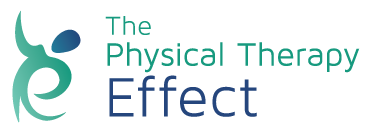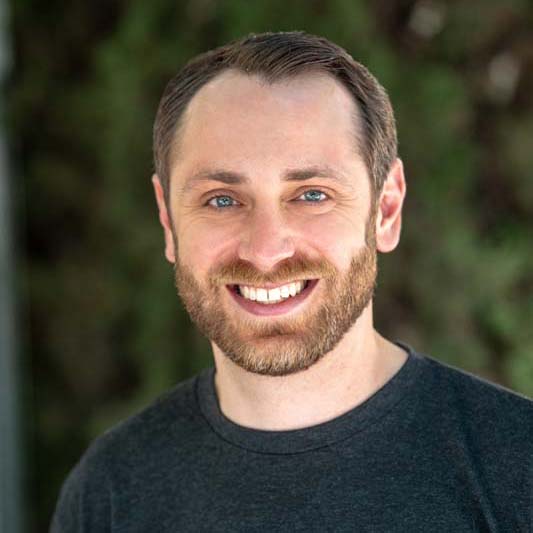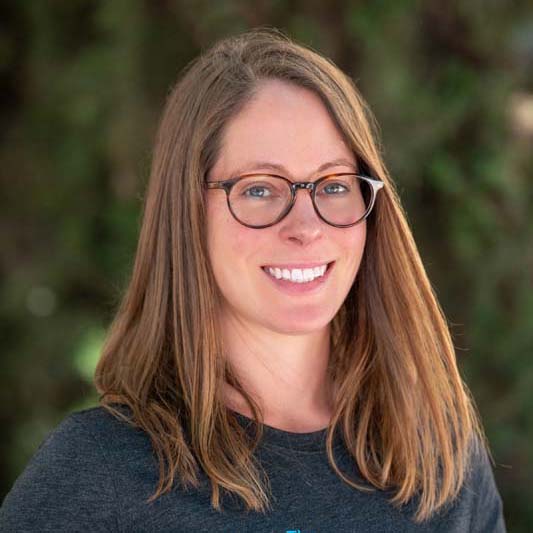What Can Cause Pain in the Spine?
Aug 15, 2022
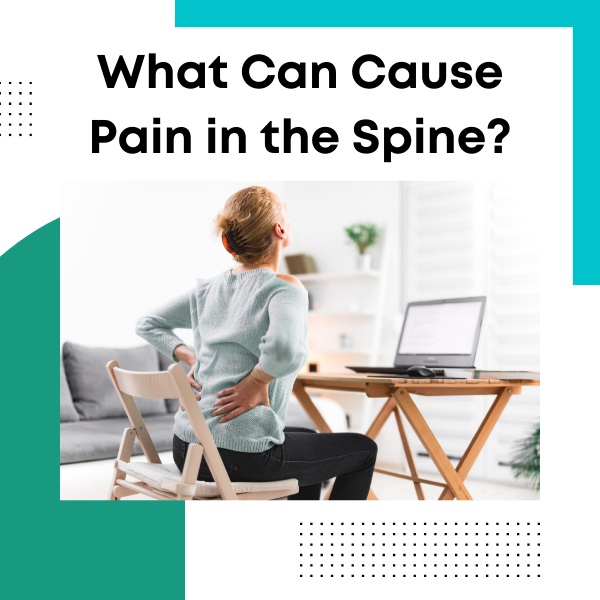
Back pain is a very common occurrence. In fact, it’s one of the leading causes of lost productivity and missed work days. What causes spinal pain may be different than what can cause lower back pain, although some spinal pain is located in the lower back. These are some common causes of pain in the spine.
A Slipped Disk
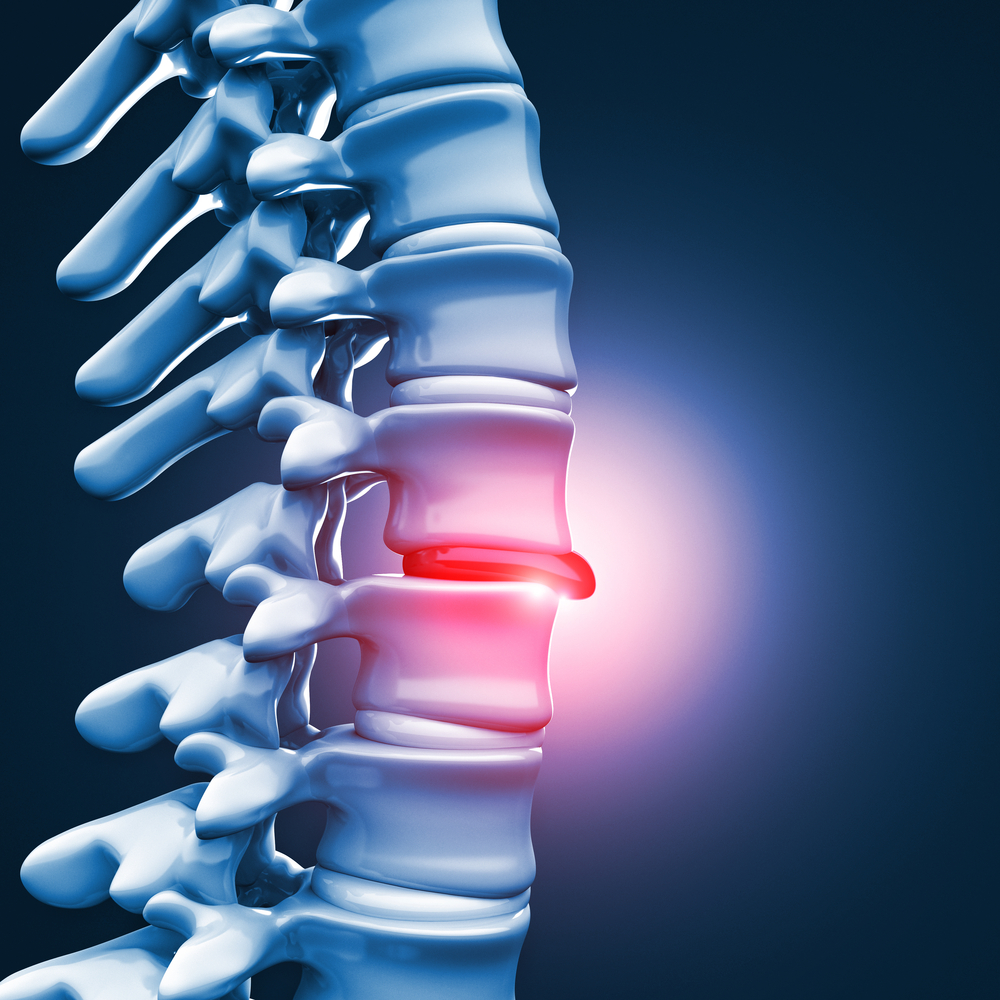
In between each of the vertebrae along the spine, there are disks that are there to cushion the vertebrae. This is to prevent each vertebra from scraping against the one next to it. These disks can start to dry out as you get older, however, which puts them at greater risk of breaking or tearing. This is often called a slipped disk, but a doctor would call it a herniated disk. Some people may feel pain from a slipped disk while others may not notice but will feel pain, numbness, or a tingling sensation in the arms and legs.
Spondylolisthesis
Spondylolisthesis is a condition in which the disks between the vertebrae move sideways. This causes them to no longer line up properly with the rest of the spine. It’s typically caused by age but younger people can experience it, too, if they do activities that can stress the spine like sports or intense exercise.
Osteoarthritis
Osteoarthritis is the gradual wearing down of the cartilage, which is a tissue that is located at the ends of your bones. The cartilage is supposed to protect your bones from scraping against each other. In those with osteoarthritis, however, the cartilage gets worn down. The pain comes from the bones rubbing against each other. It’s possible for osteoarthritis to occur in the spine, although it’s more common in women than in men.
Sciatica
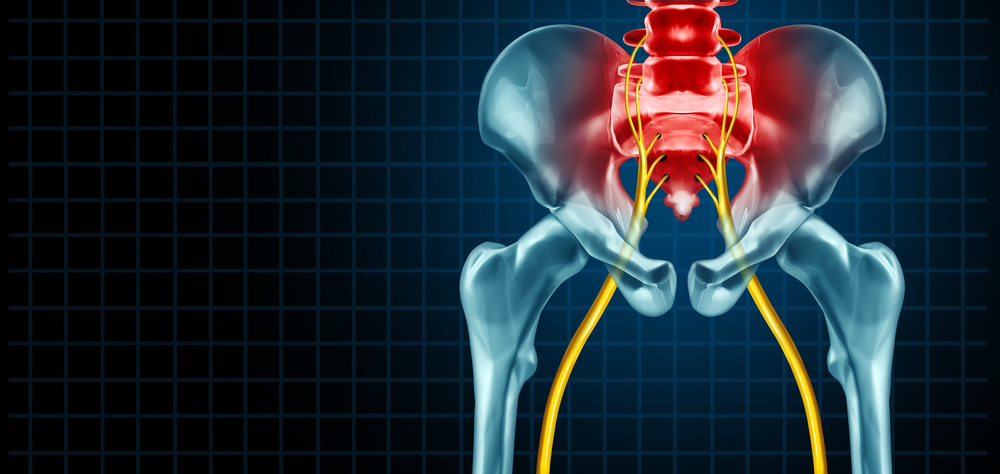
Sciatica occurs when something is pressing on your sciatic nerve. This could be a slipped disk, a bone spur, or something else. Anything that puts pressure on that nerve, which is located in the lower back and is actually the largest nerve in the body, can cause pain at the base of the spine.
Spinal Stenosis
Your spine isn’t only made up of bones. There’s the spinal cord and nerve endings and more. Usually, there’s plenty of space in the spine for everything, but if those spaces compress, the bones of the spine could end up putting pressure on the nerves. Osteoarthritis is one potential cause of spinal stenosis but isn’t the only one. Spinal stenosis can cause pain, numbness, or a tingling feeling.
A Tumor
It’s possible for tumors to grow on the spine that could put pressure either on the nerves or other parts of the spine. Typically, such spine tumors are caused by a type of cancer, usually lung, bone, prostate, or breast cancer.
Scoliosis
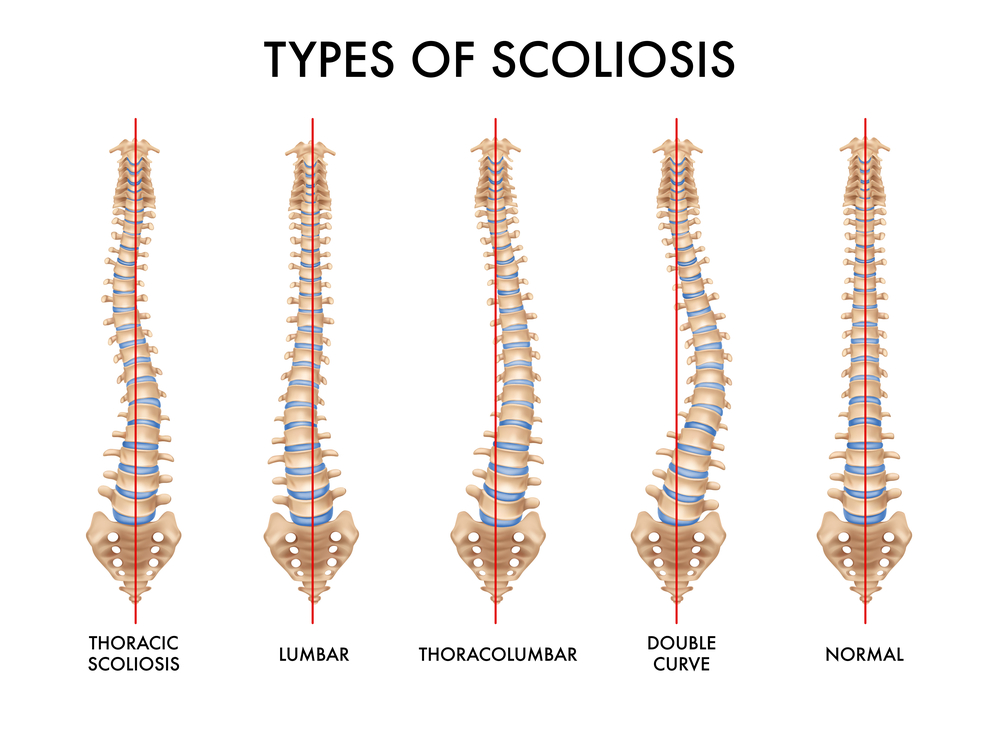
Scoliosis is a condition in which the spine is curved instead of straight. This condition typically first shows up during childhood growth spurts and can often be corrected with a back brace.
Spinal Injury
An injury to the spine can be painful. Back injuries can be dangerous because there’s a risk of paralysis. If the back or neck is broken, that is typically an injury that impacts the spine and could cause spinal pain.
Kyphosis
Similar to scoliosis, kyphosis is a condition in which the spine curves. However, in this case, the spine curves forward rather than sideways. It’s more common in older women.
Syringomyelia
Syringomyelia is a rare condition in which a cyst forms on the spine. If the cyst is small, then you might not even notice it. However, if the cyst gets large enough, it could put pressure on the nerves coming from the spine and cause pain.
How Is Pain in the Spine Treated?
How spinal pain is treated depends on the cause of the pain. Some pain can be treated with exercise, stretching, and over-the-counter medication. Other types of pain in the spine are best treated by a physical therapist. Others require surgery or other more extreme corrective measures.
For informational purposes only.
